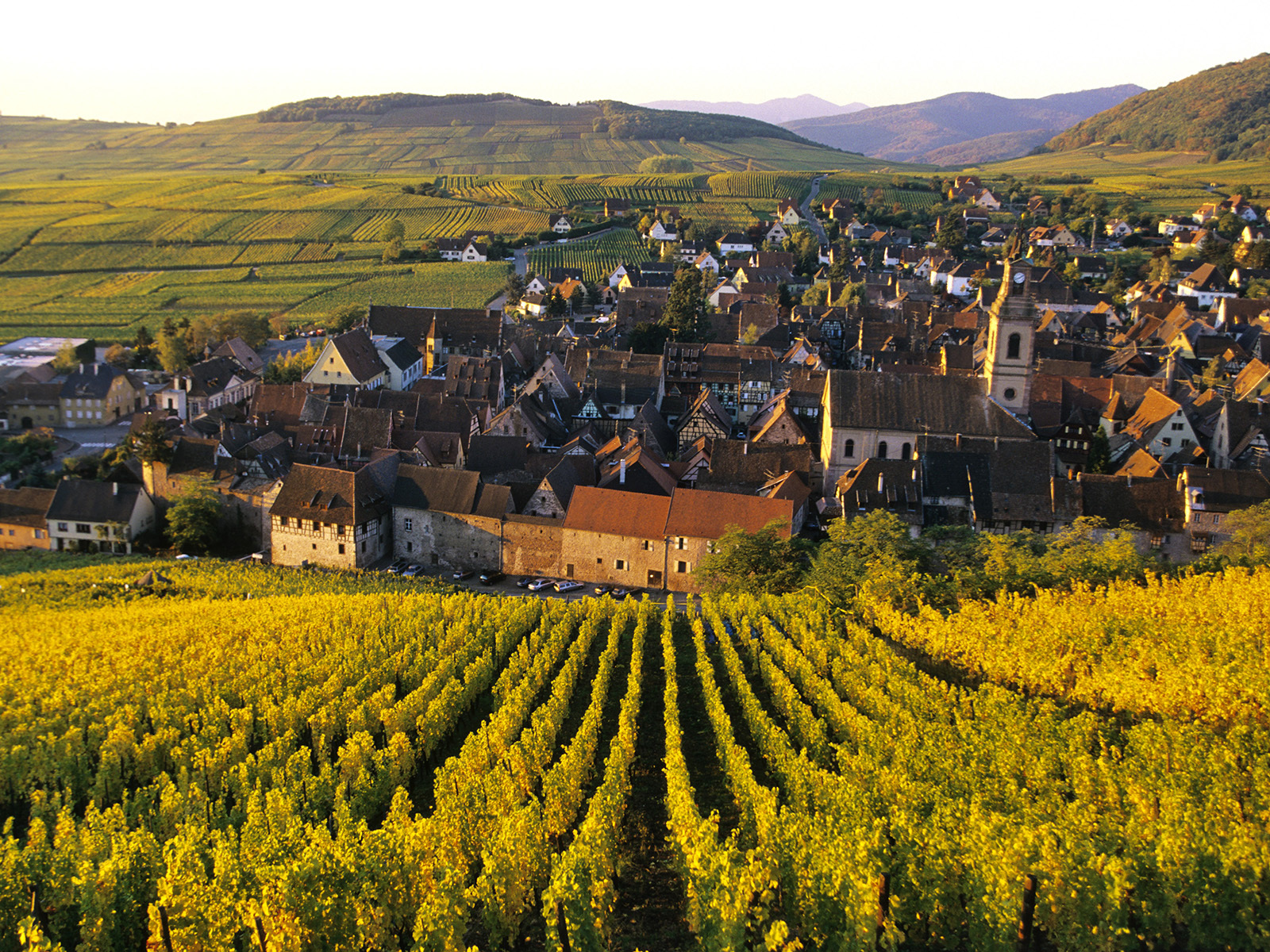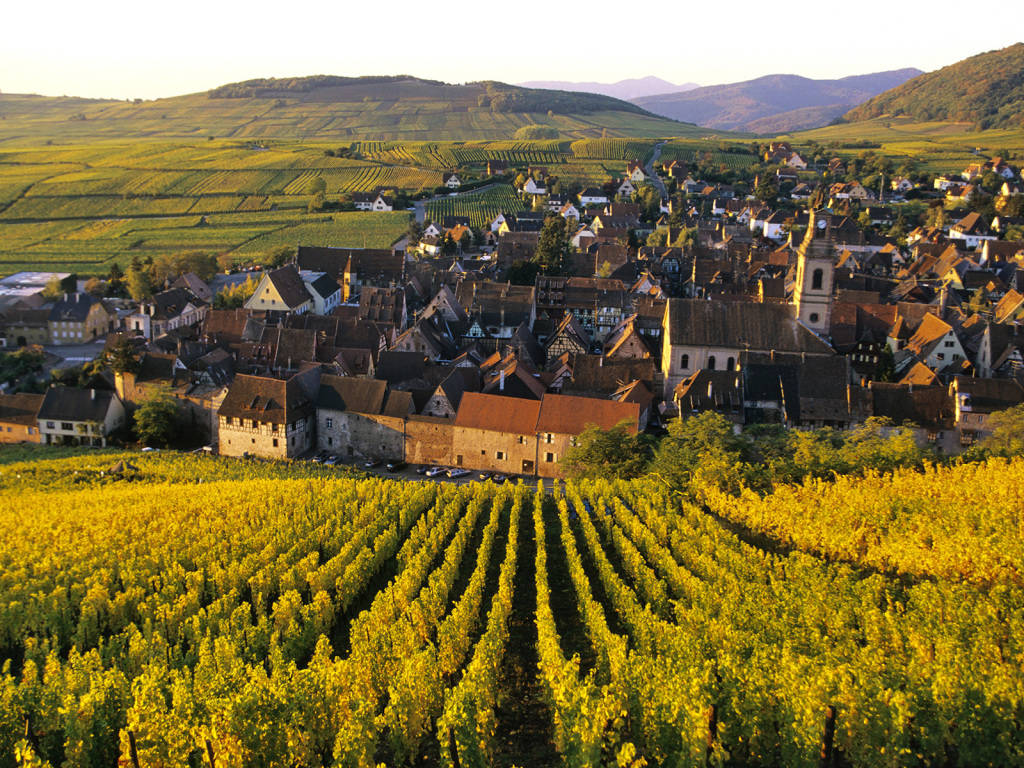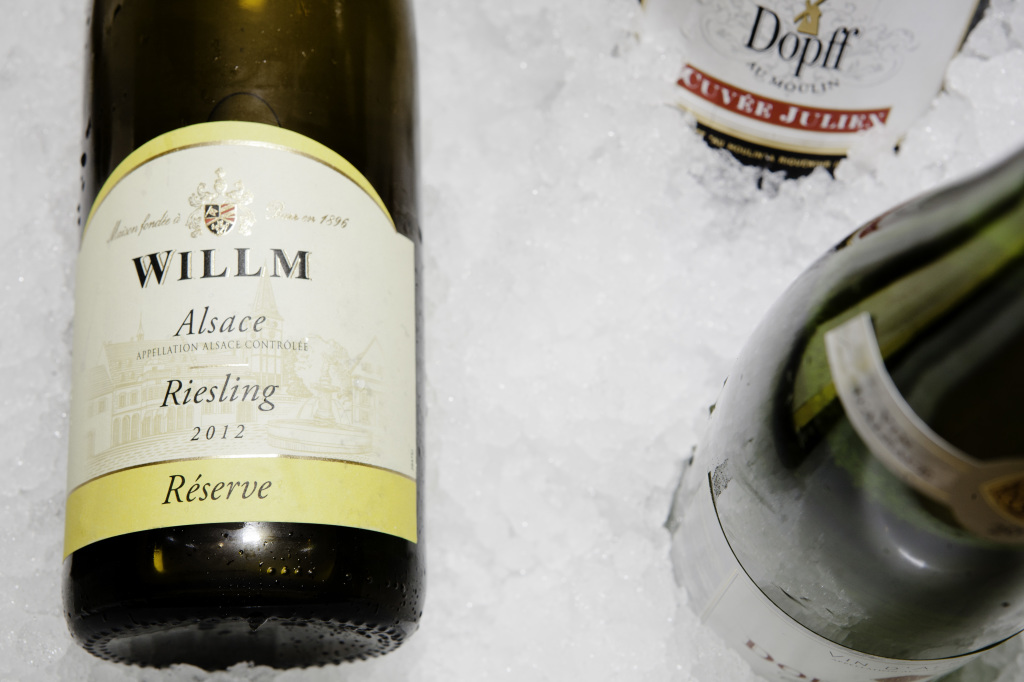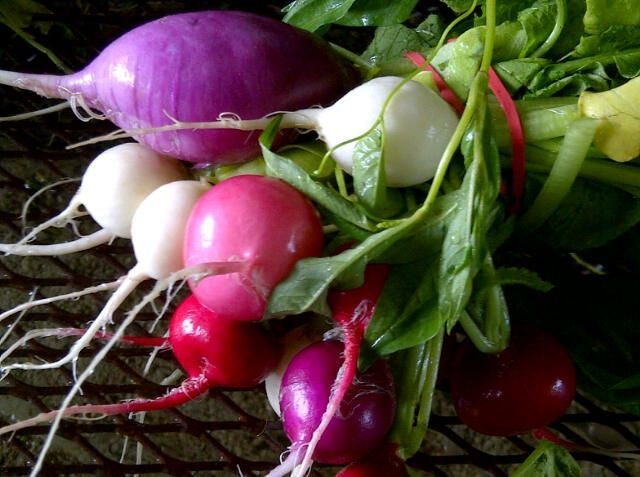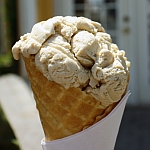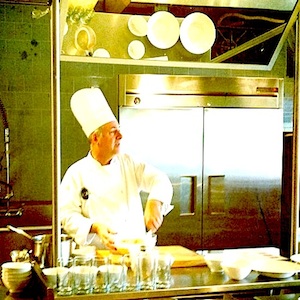Nestled between the protective Vosges Mountain Range to the west and the Rhine, Europe’s longest river to the east is France’s Alsace wine region. A colourful region of medieval villages dotted with brightly painted houses, it is home to some of the world’s most exceptional white wines.
Alsace has suffered through a tumultuous history, with control wresting back and forth between France and Germany, switching from France to Germany in 1871, back to France after World War I and to Germany again during World War II before returning to France after that. No wonder Alsace exhibits a strong German influence, from adapting Germany’s tall fluted wine bottle shape to the Germanic names of many of its top producers, Trimbach, Huge,l and Beyer, to name but a few. Alsace also follows Germany’s practice of varietal labelling, making it the only French AOC to do so with (almost) every bottling, in sharp contrast to Burgundy’s focus on terroir and Bordeaux’s emphasis on the producer (with a couple of exceptions).
Alsace has over 15,000 hectares of vineyards, which produce 150 million bottles of wine per year. Its vineyards stretch along a narrow 120 km. north-south swath little more than 3-6 km. at the widest part. The best, including two-thirds of Alsace’s Grand Cru vineyards, are found in the southern region known as the Haut-Rhin, which enjoys a higher elevation than the other official demarcation, the northern Bas Rhin, which flows into the North Sea.
Despite its cold continental climate near the most northerly latitude capable of wine growing, Alsace has such an abundance of sunshine that its vines are consistently able to achieve greater ripeness than those in Germany. The same holds true for Alsace compared with France’s other cool climate regions — Champagne, the Loire and Chablis in northern Burgundy. It is also the driest of France’s wine regions, with the town of Colmar at the heart of Alsace receiving only 500 millimetres of rain per year.
Alsace uses the French AOC appellation system, with AOC Alsace being the largest demarcated area at 72% of its vineyards, AOC Cremant D’Alsace at 24% and AOC Alsace Grand Cru at 4%. The former specifies that the predominantly varietally labelled wines must be single varietal and blends, which are rarer, must be designated ‘Edelzwicker’.
Dessert wines are identified as either a VT (Vendage Tardive) late harvest or SGN (Selection de Grains Nobles) sweet, botrytis affected wine. VT is equivalent to Germany’s Auslese wines and SGN to its Beerenauslese and Trockenbeerenauslese wines.
AOC Cremant D’Alsace sparkling wines, made in the traditional Champenoise method, use some combination of three Pinot (Blanc, Gris and Noir), Auxerrois, Riesling or Chardonnay varietals, while the AOC Alsace Grands Cru only allow the four noble grapes of Alsace – Riesling, Gewurztraminer, Muscat and Pinot Gris.
Because Alsace and Germany are cool climate countries, they are both predominantly white wine regions –over 90% for Alsace and 67% for Germany — and share many of the same grapes. Riesling and Gewurztraminer dominate in both regions and represent 22% and 19% respectively of Alsace’s total production.
Muscat and Pinot Gris (Alsace’s other two noble varietals) as well as Pinot Blanc (aka Klevner) and Sylvaner make up the rest of Alsace’s six major white varietals. Pinot Noir is the predominant red. The diversity of Alsace’s soil types (13 different kinds) has enabled Alsatian producers to finely tune the ideal match of grape and soil type, enhancing the overall quality of Alsatian wines.
Given the overlap in grape varietals, what differentiates an Alsatian from a German wine? Both are typically aromatic and fruit forward with moderate acidity and minimal oak influence. But Alsatian wines are fermented to dry and are more full bodied compared with the residual sugar and lower alcohol tendencies of their German counterparts. This is why Alsatian whites are considered by some as being more food-friendly than German whites.
NV Julien Dopff au Moulin Cremant D’Alsace “Brut Cuvée” AOC Cremant D’Alsace, (V641365; $14.75; 12%) is an equal blend of Pinot Blanc and Auxerrois, the former being the more acidic of the two. This non-vintage bubbly is bone dry, fresh and approachable, with white blossom aromas, lemon zest flavours, and a subtle toasty aspect.
![]()
2012 Dopff & Irion Sylvaner “Crystal” AOC Alsace, (V35667; $12.95; 12.5%) is an extremely pale, off dry wine. Light bodied with a good acidic core, it delivers floral notes and a pleasant palate of white stone fruit, pears, spice notes.
![]()
2012 Jean Geiler Muscat “Reserve Particuliere” AOC Alsace (V320440; $14.75; 12.5%) shows the highly perfumed nose typical of this varietal. Confectionary lime and lemon flavours intermingle with spicy notes of candied ginger in this full bodied wine.
![]()
2012 Willm Riesling “Reserve” AOC Alsace (V11452; $14.95; 12.0%) is a bone dry Riesling, with plenty of complexity at an excellent price point. This is a particularly food friendly wine. It shows intensity and complexity on the nose with white blossom aromas, lemon, lime, white peach, stone fruit flavours and good underlying acidity.
![]()
2012Gustave Lorentz Riesling “Cuvee Amethyste” AOC Alsace, (V32159; $15.80; 12.4%) is pale straw in colour, with a round palate, good body and a lingering finish. White floral aromas and citrus notes are accented with Granny Smith apple notes, white pepper and petrol nuances.
![]()
2009 Domaine Riefle Pinot Gris “Cote de Rouffach” AOC Alsace (V223917; $20.95; 13.5%) offers particularly good value because the vintage occurred two years before the commune of Rouffach was officially recognized in 2011. Despite its 15 grams of residual sugar, it does not come across as a sweet wine because it is so well balanced off by excellent acidity. Melon, peach and banana flavours, minerality and extended lees contact that gives it a honeyed, round finish should give this wine wide appeal.
![]()
2011Ruhlmann Gewurztraminer “Vieilles Vignes” AOC Alsace (V982082; $19.95; 13.0%) is made from 30 year old vines, deeply rooted in clay and limestone rich soils. It has a classic aromatic Gewurztraminer nose, with a round, soft, elegant finish complemented with citrus and spice flavours.
![]()
2012Pierre Sparr Gewurztraminer AOC Alsace (V747600; $17.95; 13.5%) comes from one of the top producers in the Alsace. A somewhat restrained nose gives way to a delicate acidity, acacia honey notes and appealing citrus and apricot flavours.
![]()
All Scores out of five apples.
 Margot Ritchie is a Toronto-based journalist, whose articles focus on wine and culinary trends. A member of the Wine Writers’ Circle since 1997, she has travelled throughout many of the major wine growing regions of Europe and North America. These include Austria, France, Italy, and Portugal, as well as California, New York State and Ontario. Spirits, sake and beer are also highlighted in her writings, where her travels have extended to Scotland, Japan and the Czech Republic.Margot’s wine columns have appeared in Del Condominium Lifestyle, Elite Wine, Food and Travel, Modesty Magazine, International Women’s Forum (IWF) – Toronto Chapter Newsletter and the Portuguese Post . Margot also advises on private wine cellar management.
Margot Ritchie is a Toronto-based journalist, whose articles focus on wine and culinary trends. A member of the Wine Writers’ Circle since 1997, she has travelled throughout many of the major wine growing regions of Europe and North America. These include Austria, France, Italy, and Portugal, as well as California, New York State and Ontario. Spirits, sake and beer are also highlighted in her writings, where her travels have extended to Scotland, Japan and the Czech Republic.Margot’s wine columns have appeared in Del Condominium Lifestyle, Elite Wine, Food and Travel, Modesty Magazine, International Women’s Forum (IWF) – Toronto Chapter Newsletter and the Portuguese Post . Margot also advises on private wine cellar management.

